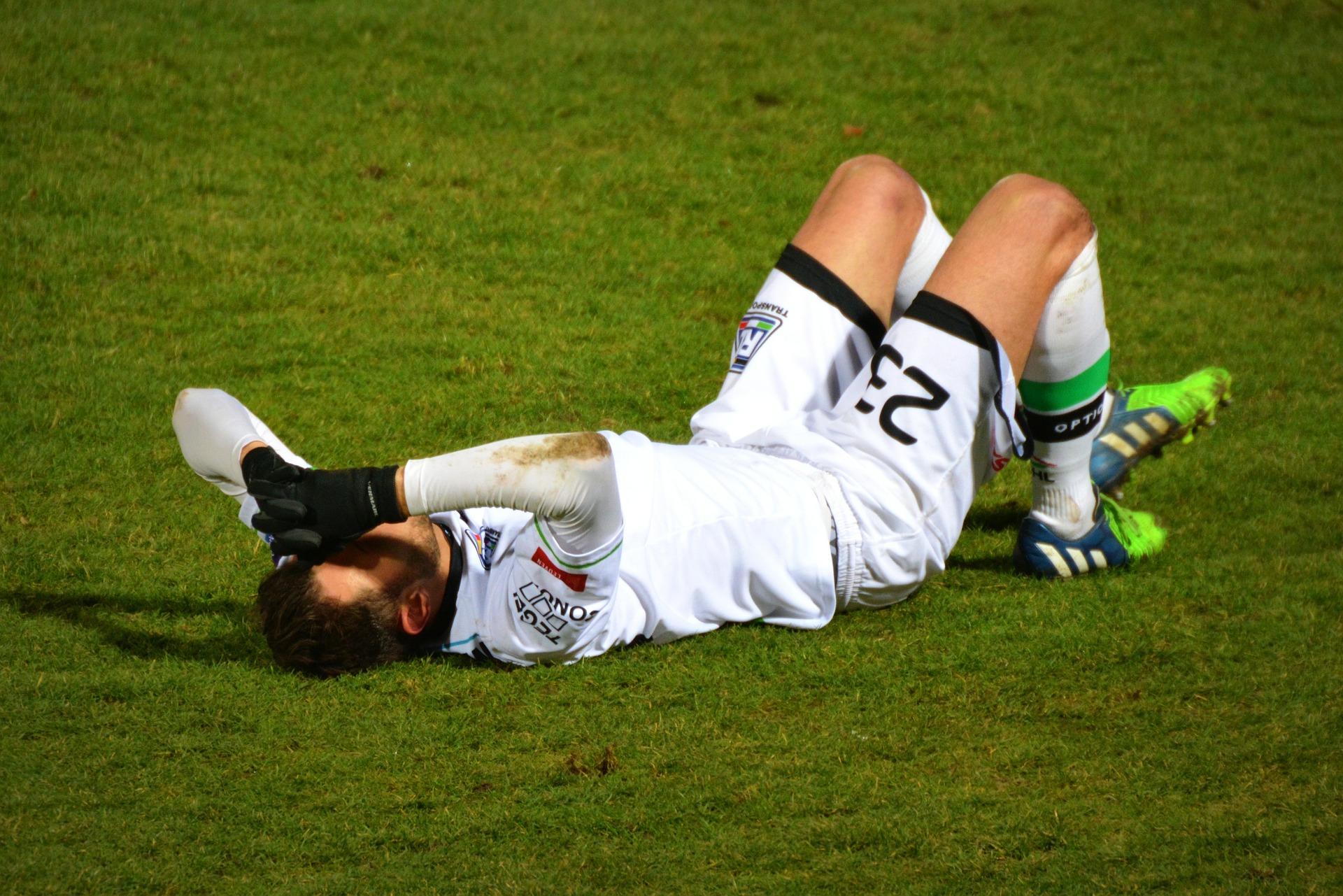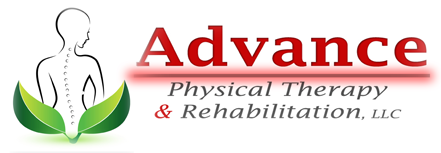
31 Dec Do You Have A Sports Injury? Physical Therapy Can Help
Sports injuries take time to heal and may affect your athletic performance. Working with a physical therapy for sports injuries helps you recover, minimize pain, optimize the way that your muscles, joints and soft tissues work together and prevent future damage.
Sports injuries can take you out of the game. They take time to heal, and many athletes worry that their performance may never be the same after an injury. That’s why physical therapy for sports injuries is so important. It can help you recover more quickly so that you can regain the same level of function that you had before you got hurt.
What Are the Most Common Sports Injuries?
The most prevalent sports injuries include:
• Sprains – Torn or stretched ligaments
• Strains – Torn or stretched tendons
• Achilles tendon damage – Ruptured or torn tendon
• Rotator cuff injuries – Injured or inflamed tissue around the shoulder
• Knee injuries – Damage to the anterior cruciate ligament, or ACL, is common
• Shin splints – Inflammation or strain in the calf muscles that causes shin pain
• Fractures – Minor or major breaks in the bone
• Dislocations – Bones move out of place at the joints
• Tendinitis – Connective tissue and muscles develop inflammation from overuse
Participating in sports carries some risk. You could suffer an impact or blow that results in immediate damage. Over time, people who do certain physical activities may also develop overuse injuries, such as stress fractures or tennis elbow.
Benefits of Physical Therapy for Sports Injuries
After a sports injury, rest can help a patient heal. However, refraining from using certain muscles during recovery can lead to weakness and imbalance. Physical therapy helps people regain strength and improve mobility. It also relieves inflammation and pain and can help you regain full function so that you can get back to your sport.
Treatment will differ depending on the stage of your injury. For an acute injury, most physical therapists will tell you to use the R.I.C.E. principle. This involves using rest, ice, compression and elevation to regulate inflammation and promote healing.
During the subacute phase of the injury, the patient should begin to perform controlled movements. A physical therapist can direct these motions and ensure that they’re being done properly. During this phase, range of motion, stability, flexibility and strength will be addressed.
Athletes can return to their pre-injury workout regimen during the chronic phase of the injury. It’s essential to work with a physical therapist during this time to ensure that the activity doesn’t exacerbate pain or aggravate the previous injury.
Some other therapies that we use include:
• Moist heat
• Cryotherapy
• Ultrasound
• Electrical stimulation
• Massage
• Kinesio taping
• McConnell taping
• Manual therapy
• Therapeutic exercises
• Neuromuscular reeducation
• Postural training
• Balance and agility training
Can Physical Therapy Prevent Sports Injuries?
In many cases, sports injuries are caused by weak or tight muscles. Making repetitive motions with one part of the body can cause an overuse injury. Learning how to maintain proper alignment and move correctly can prevent damage from occurring.
Preventative physical therapy allows you to identify problem areas. We can help you learn how to stretch properly to address tight muscles. Our therapists can also help you build a foundation that sets your body up to function optimally when you’re performing your favorite sports activities.
Many sports encourage athletes to use their dominant side more actively than their non-dominant side. Tennis and baseball players often experience this. Weakness on the non-dominant side of the body can impede performance and lead to overcompensation. When the muscles are trying to work harder than they should, they become prone to injury.
Physical therapy can help with this. It gives you the opportunity to strengthen all of your muscles so that they work together to enhance your performance and protect your tissues and bones.
A physical therapist will assess your biomechanics and ensure that you’re moving in a way that will minimize injury while you play a sport. We can give you exercises that teach you how to support your body and avoid excessive loads on certain areas to prevent damage and discomfort.
In some cases, your pain may not be caused by your participation in a sport. For example, someone who is having back pain may need to change the way that they sit at work. They may need to improve their flexibility off the field so that they’re less likely to obtain an injury while they’re exercising.
When Should You Seek Out Physical Therapy for Sports Injuries?
Many people wait until they’ve experienced a significant injury before going to a physical therapist. But, as we mentioned, physical therapy can prevent injury and stop minor damage from getting worse.
You should seek out the advice of a physician or physical therapist when you begin to feel pain. You might be able to learn how to adjust your movements, improve your posture or take other preventative measures to protect the area and allow it to heal properly. If you continue to perform the same movements that contribute to the pain, you’re likely to aggravate the condition.
If you know that you have an injury or are experiencing a physical condition that is causing you pain or impairing your ability to move, contact us for a consultation. You don’t have to live in discomfort, and we can help you regain function after a sports injury.




Sorry, the comment form is closed at this time.